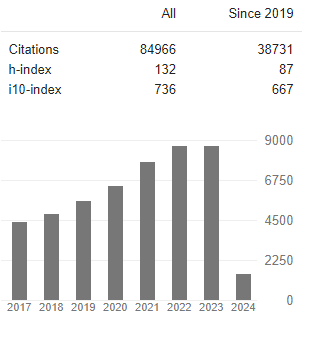Sero-Prevalence of Hepatitis B Virus and Associated Factors among Pregnant Womens Attending Antenatal Clinics in Public Hospitals of Hawassa City, Southern, Ethiopia, 2021. Cross Sectional Study
Abstract
Makonnen Bogale Shiferaw, Bargude Balta Anjulo
Introduction: Viral hepatitis caused by the hepatitis B virus (HBV) is now recognized as a growing worldwide health issue. A sig- nificant global public health issue is the estimated 350 million people who have been diagnosed with chronic HBV infection and the 686,000 deaths that occur each year. Since HBV infected pregnant women are at risk of transmitting virus to their babies, knowing prevalence of HBV and its risky factors in the area is very essential. Providing area-specific hepatitis B burden data to enable health policymakers to develop suitable and cost-effective HBV infection prevention strategies.
Objective: The objective of this study was to determine the sero-prevalence of HBV and related factors in pregnant women attend- ing ANC at hospitals in Hawassa City, 2021.
Method: From May 20 to July 30/2021, 320 pregnant women were the subjects of a hospital-based cross-sectional research at the Public Hospital in Hawassa City. SPSS version 25.0 was used to enter and analyze the data. HBV prevalence was determined using descriptive statistics; bivariate and multivariate logistic regression analysis was utilized to find independent predictors of HBV status at p-value <0.05.
Results: Overall Sero-prevalence of HBV infection was [6.9% (95% CI (6.6%, 7.2%)]. History of transfusion, history of vulvar ulcer, and contact with patients who had jaundice were all independently predictive of HBV in the study area (AOR = 19, 95%CI, (2.1-27.1), AOR = 14.8 (95%CI, 1.12-19.4), and AOR = 12.7.6[12-13.4], respectively).
Conclusion: In the studied area, intermediate endemicity of HBV prevalence was found. To decrease HBV endemicity, it is crucial to raise awareness about HBV transmission specially contact history of jaundice individual, vulvar ulcer and conduct early screen- ings at blood donor sites before transfusion.




